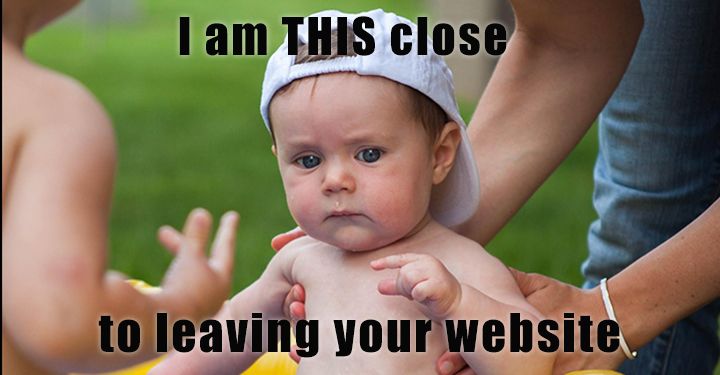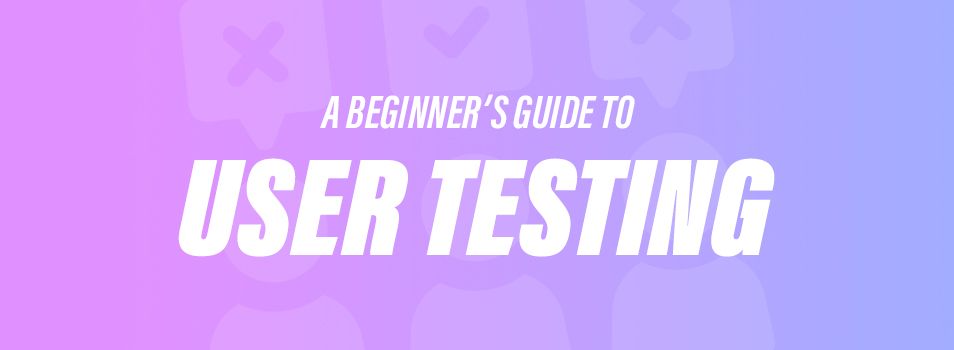Usability Testing: What, How, and Why?

By Kari Barton
Recently, I was on a website and could not find the information I was looking for anywhere – not even after checking the FAQ page. It was so crucial that I find the information that I had to contact the company (with much frustration) to ask for it.
That experience made me think to myself: Am I the only one who couldn’t find the information on my own, or is this a common problem? And furthermore, can people find the information I have on my own website? Does it make sense, and is it user-friendly? Conducting a usability test is the best way to answer these questions and improve your site.
What is Usability Testing?
Watch Users in Action
To conduct a usability test, you will have a participant sit in front of a computer and ask them to complete some specific tasks on your website and then watch and record how they use the site – that’s it.
Why Do Usability Testing?
It may sound daunting to do usability testing on your site, but it doesn’t have to be. And there is no replacement for watching someone try to use your website – you will be amazed at where they expect information to be and how they use the site! You may even find yourself saying “I would’ve never thought my users would think that way!”
How to Conduct Your Test
Usability testing does not have to (and shouldn’t) be long, expensive, or complicated. Use the “KISS” method: Keep It Simple Sweetie.
1. Prepare Tasks
Think about what areas of your site should be tested. Do you tend to get a lot of questions on the same topic that is answered on your website already? Start there.
Opinions about your site are great, but what you really need to know is if people can find information. This means that you want your questions to be more like tasks and natural. For instance, if you want to know if users can find your webpage about student activities, you might phrase the task like this: “You’re an undergrad student living on campus, and you want to get involved. Can you find things for students to do?”
- View sample task list
- View sample script – This is for briefing your participant before the test.
Tips:
- Keep the task list to about five tasks per test.
- Ask the participant to “think out loud” as much as possible, and brief them about the test before beginning.
- Ask follow up questions (“And why would you expect that to be located there?”).
- Avoid giving clues in tasks by using generic terms, such as “places to workout” instead of LaHaye Recreation and Fitness Center.
- Make it personal/natural (put the participant in the shoes of the user who would need that information).
2. Find Participants
The best participants to test your site are people from your target audience and who are not already familiar with your site – this ensures fresh perspectives. You don’t have to have a large number of participants to get meaningful results. I would suggest five participants per test.
Your participants could be people who are:
- In your department and don’t use the website often
- From other departments that are willing to help you improve your website
- Student workers
- Hanging out in the library
- Walking around campus aimlessly
If you’re able, it’s always nice to give participants a small gift to thank them for their time – like candy or branded items (pens, notepads, water bottles, etc.).
3. Evaluate and Implement Results
After testing the site with the five participants, type your notes (you will have tons!) while they’re fresh in your mind.
- Pick out the top usability issues that you noticed multiple participants struggling with.
- Consider possible solutions for the problem areas
- You may find the solution during the testing. For example, if multiple participants looked for information in the same place, then you might want to move it to where they were looking.
- During (or at the end of) the test, ask the participant: “Where would you expect that information to be located?”
- Look for “quick wins” that will be the least amount of work but provide the most improvement.
- Solutions could be as simple as adding a link on a page or changing the text of a navigation item, but this could make all the difference for the usability of your site!
4. Test Again
After implementing your solutions from your test, conduct another test with new participants to make sure that your improvements were effective. Who knows, you might find an even better solution than the first!
Thinking of conducting a usability test? Feel free to run your ideas by our Web Content Team for feedback and tips. We’re here to help you!


